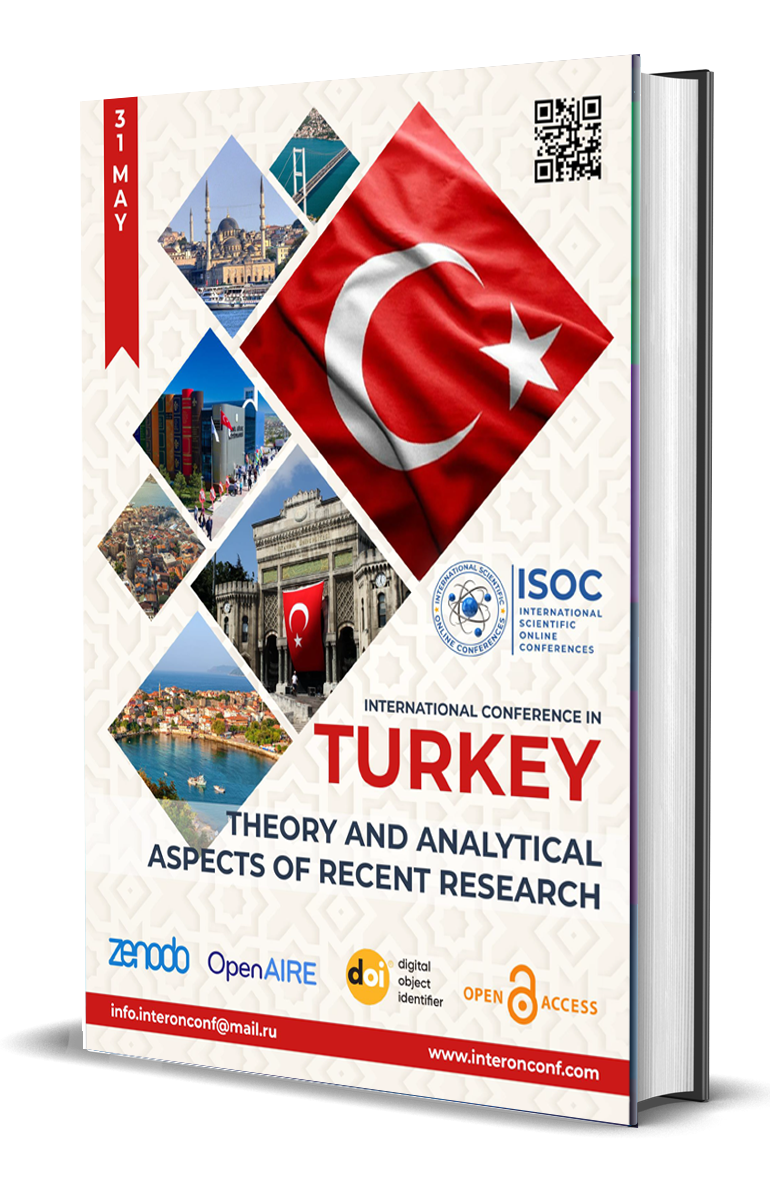CONTROL OF PROGRESSIVE MYOPIA: STRATEGIES FOR MANAGING AND SLOWING DOWN MYOPIA PROGRESSION
Keywords:
Progressive myopia is a growing concern worldwide, with an increasing number of individuals experiencing worsening nearsightedness. It is characterized by the elongation of the eyeball, resulting in blurry distance vision and potential long-term complications such as retinal detachment and myopic maculopathy. Recognizing the relevance of controlling progressive myopia is essential to address this vision disorder and its associated risks.Abstract
Progressive myopia, also known as nearsightedness, is a common refractive error that affects a significant portion of the population, particularly children and adolescents. This article aims to explore the relevance of controlling progressive myopia, the purpose of studying its management strategies, the materials and methods used in research, and the key findings. By understanding the impact of progressive myopia and implementing effective interventions, healthcare professionals can help reduce its progression and associated complications.
References
Flitcroft DI. The complex interactions of retinal, optical and environmental factors in myopia aetiology. Prog Retin Eye Res. 2012;31(6):622-660.
Holden BA, Fricke TR, Wilson DA, et al. Global prevalence of myopia and high myopia and temporal trends from 2000 through 2050. Ophthalmology. 2016;123(5):1036-1042.
Walline JJ, Lindsley K, Vedula SS, Cotter SA, Mutti DO, Twelker JD. Interventions to slow progression of myopia in children. Cochrane Database Syst Rev. 2020;1(1):CD004916.
Chia A, Chua WH, Wen L, Fong A, Goon YY, Tan D. Atropine for the treatment of childhood myopia: safety and efficacy of 0.5%, 0.1%, and 0.01% doses (Atropine for the Treatment of Myopia 2). Ophthalmology. 2012;119(2):347-354.
Wu PC, Chuang MN, Choi J, et al. Update in myopia and treatment strategy of atropine use in myopia control. Eye (Lond). 2019;33(1):3-13.
Huang J, Wen D, Wang Q, et al. Efficacy comparison of 16 interventions for myopia control in children: a network meta-analysis. Ophthalmology. 2016;123(4):697-708.
Chamberlain P, Peixoto-de-Matos SC, Logan NS, Ngo C, Jones D, Young G. A 3-year randomized clinical trial of MiSight lenses for myopia control. Optom Vis Sci. 2019;96(8):556-567.
Sherwin JC, Reacher MH, Keogh RH, et al. The association between time spent outdoors and myopia in children and adolescents: a systematic review and meta-analysis. Ophthalmology. 2012;119(10):2141-2151.
Saw SM, Chua WH, Hong CY, et al. Nearwork in early-onset myopia. Invest Ophthalmol Vis Sci. 2002;43(2):332-339.
Morgan IG, French AN, Ashby RS, et al. The epidemics of myopia: Aetiology and prevention. Prog Retin Eye Res. 2018;62:134-149.





